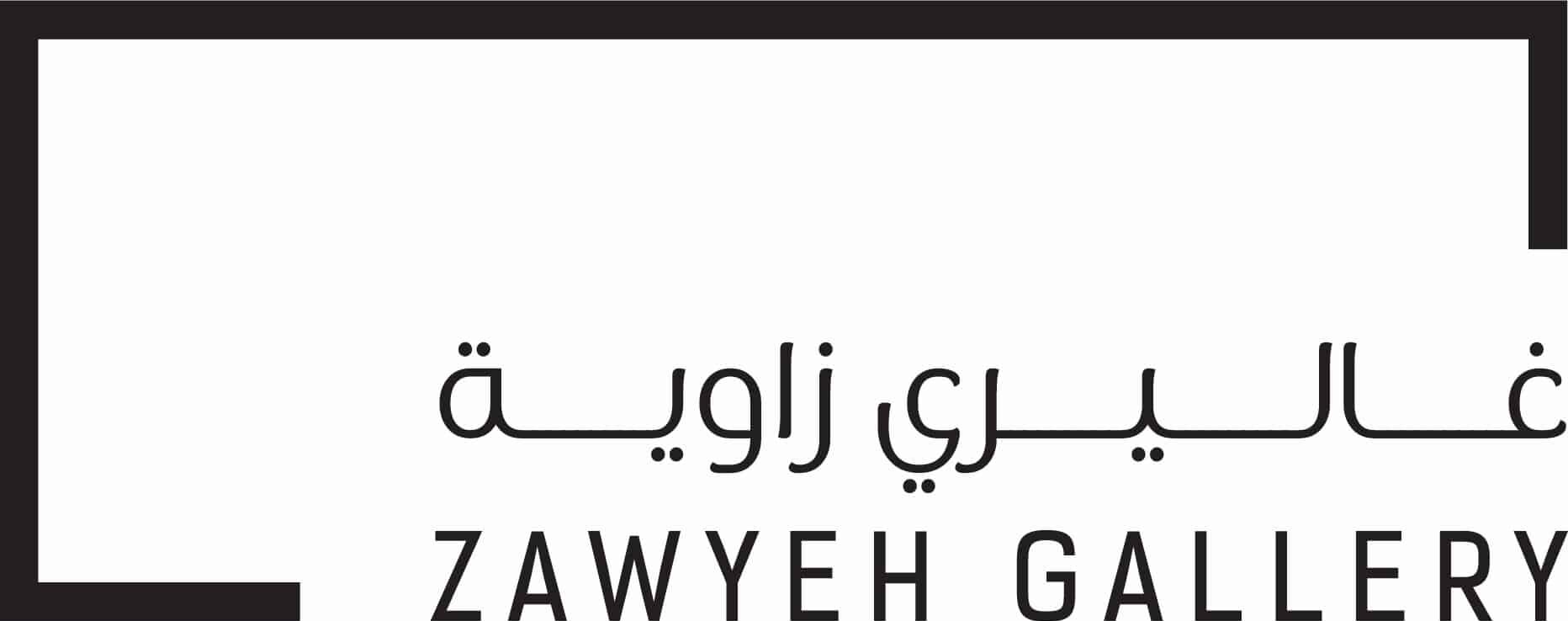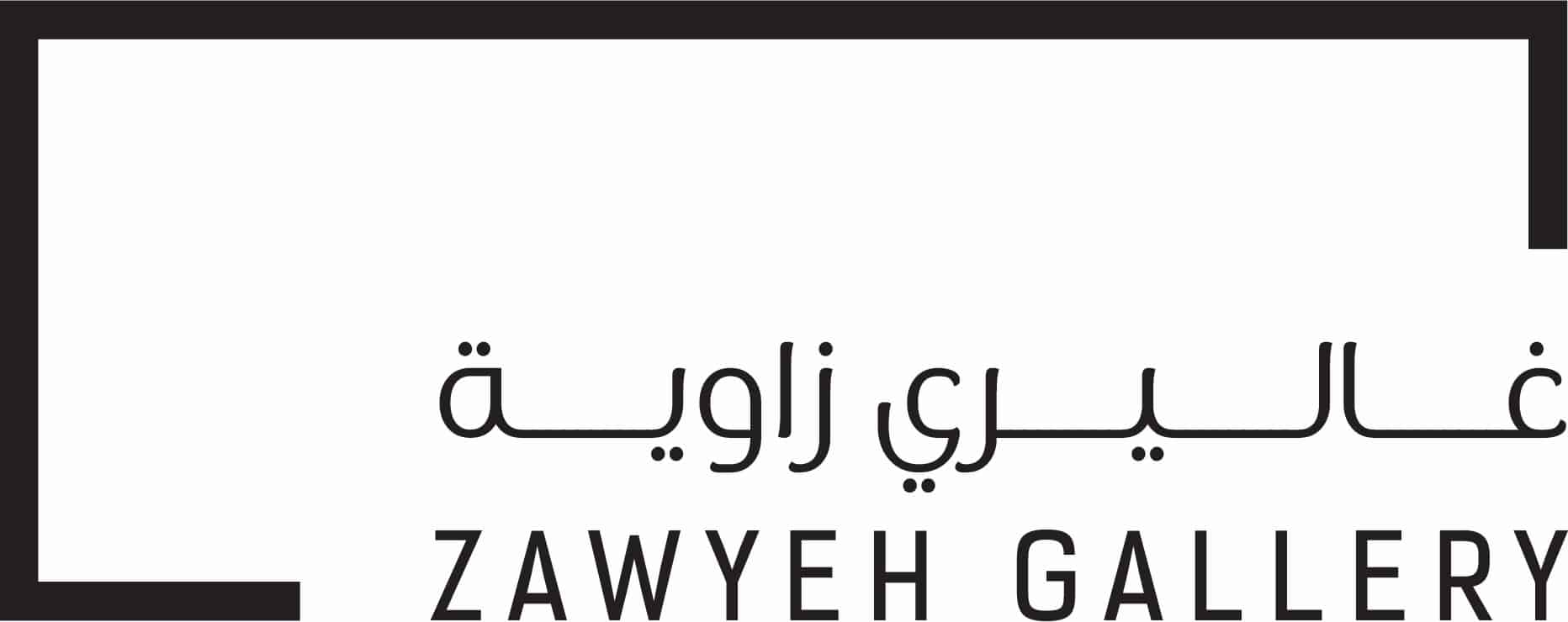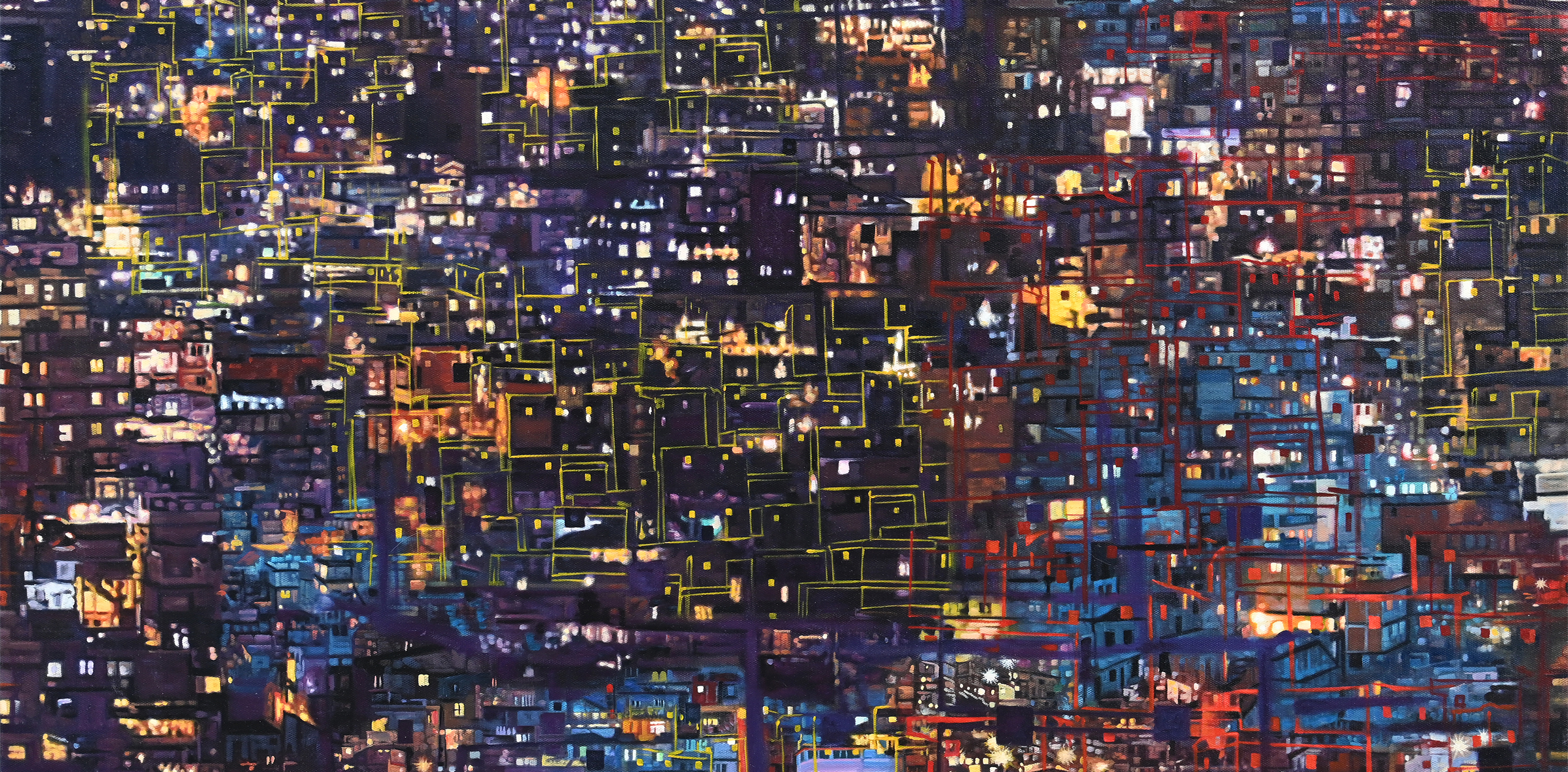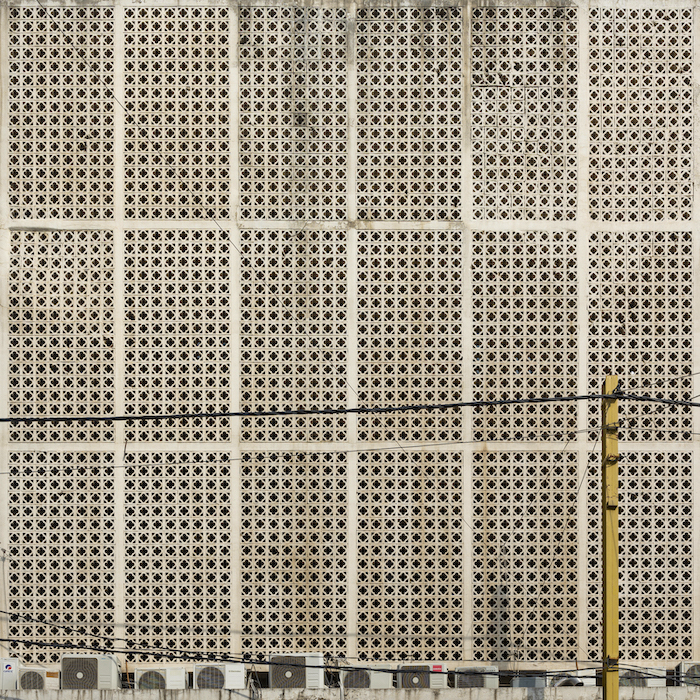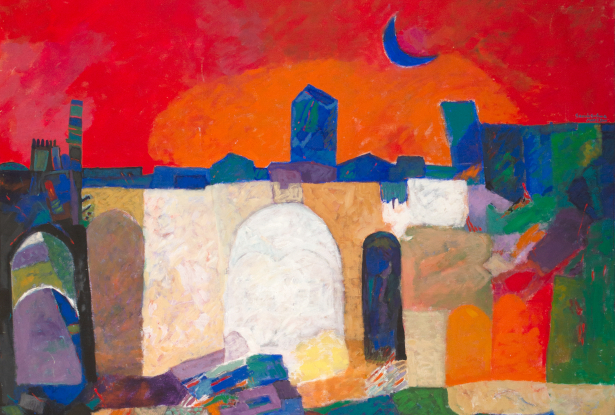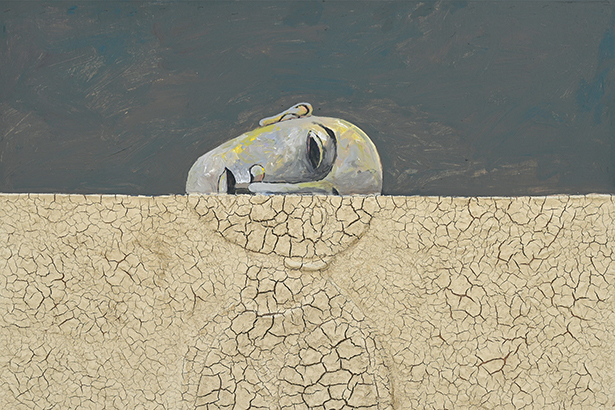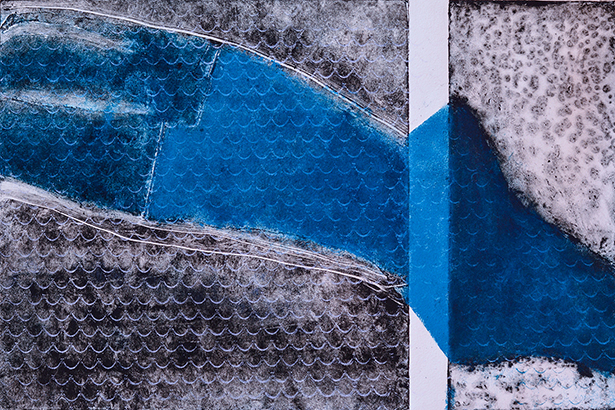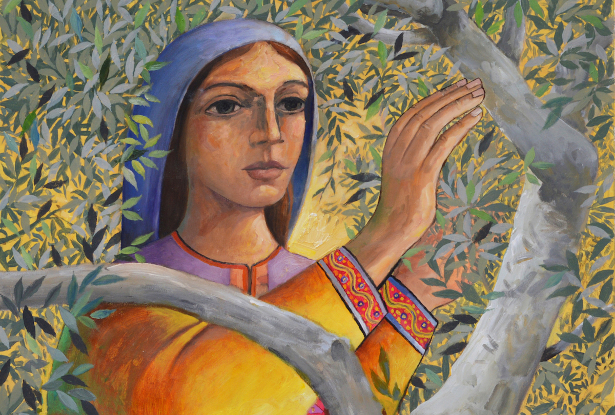Abu Dhabi Art 2023
Abu Dhabi Art 2023: Zawyeh Gallery is pleased present the works of Palestinian renowned artists: Nabil Anani, Bashir Makhoul and Hosni Radwan
Abu Dhabi Art 2022
Abu Dhabi Art 2022: Zawyeh Gallery is pleased to present the work of Dia Mrad, Nabil Anani, and Afifa Aleiby in this edition of Abu Dhabi Art
Abu Dhabi Art 2021
17 - 21 November, 2021
Abu Dhabi Art 2020
16 - 26 Nov, 2020
Abu Dhabi Art 2019
November 21 - November 23, 2019
Galleries at MAS Abu Dhabi 2019
Zawyeh Gallery participates in Galleries at MAS, Abu Dhabi, featuring works by Nabil Anani, Rafat Asad, Tayseer Barakat, Hosni Radwan, Rana..
Abu Dhabi Art 2018 – Visualizing Palestine: An Intimate Portrait of a Land
November 14 - November 17, 2018
